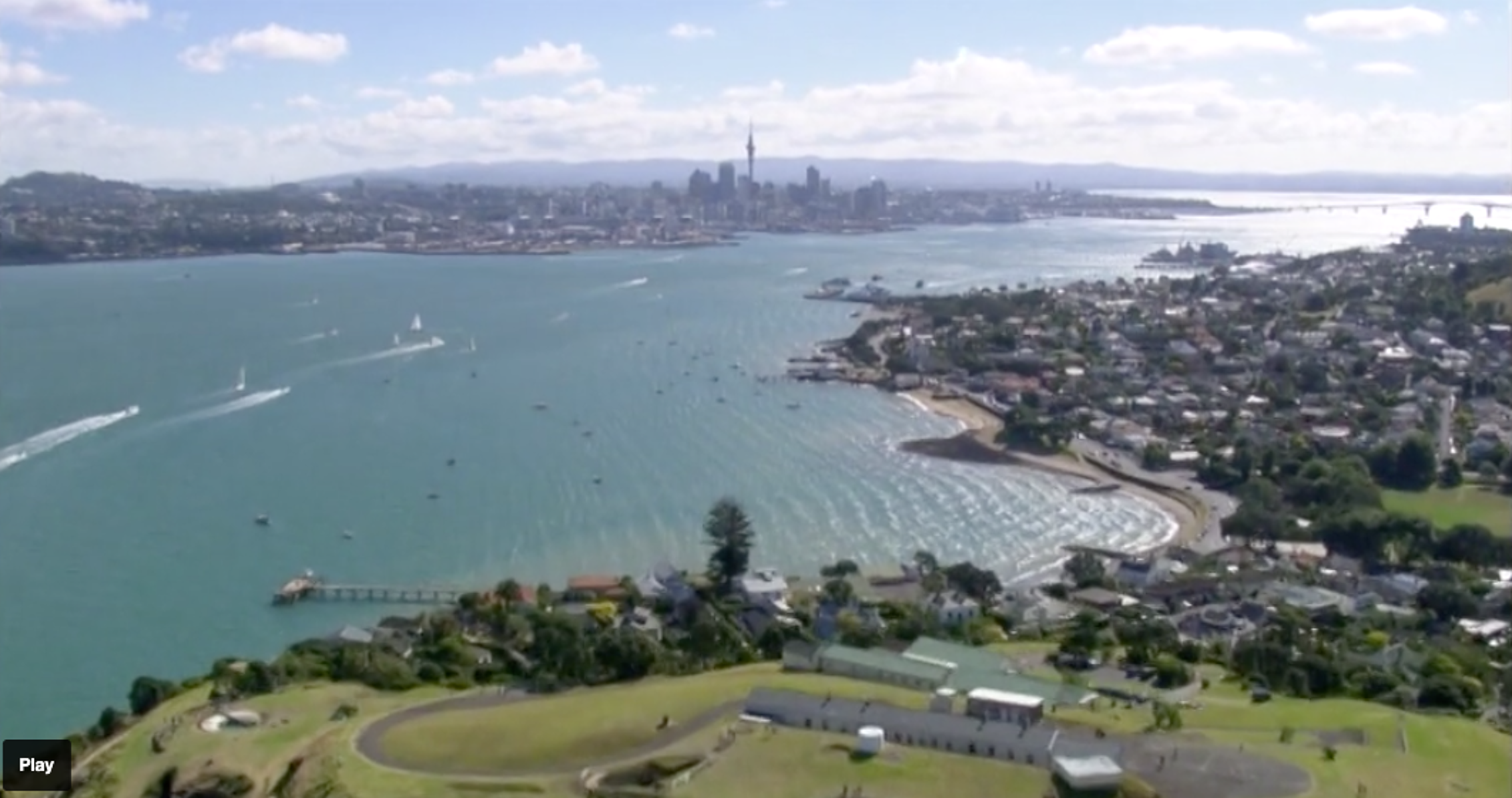
In New Zealand, KSB gets clogged pumps under control
Pukekohe wastewater station 92 had a problem: Unusually large amounts of long fibres were repeatedly blocking the pumps. KSB solved this challenge in just a few easy steps.
Pukekohe wastewater station 92 had a problem: Unusually large amounts of long fibres were repeatedly blocking the pumps. KSB solved this challenge in just a few easy steps.
The project
Optimizing wastewater disposal in Pukekohe, New Zealand
In June 2018, Watercare Service Limited, New Zealand’s largest water and wastewater company, turned to KSB. The reason: Pump Station 92 in Pukekohe was experiencing frequent “ragging” or clogging. In particular, industrial wastewater with an unusually high proportion of long fibres was causing problems for the station’s pumps. This increasingly led to operational malfunctions – and the service effort became too great. KSB was tasked with solving this problem quickly and efficiently.
The customer
New Zealand’s largest water and wastewater company
Watercare Services Limited (Watercare for short) is New Zealand’s largest entity for water, wastewater, and stormwater, and is wholly owned by Auckland Council. The company provides vital services to over 1.7 million Auckland Region residents every day. Watercare draws water from 27 sources, treats it, and supplies it to homes and businesses through an extensive network of pipes. In addition, Watercare collects, treats, and disposes of around 409 million litres of wastewater every day.
The challenge
Exceptionally high proportion of long fibres
Pump Station 92 in Pukekohe (Auckland Region) was commissioned in February 2018, but repeated malfunctions already occurred during that year and into early 2019. This was due to the unusually high proportion of long fibres in the wastewater. Even KSB’s experts were surprised by the amount. The K impellers could not cope with these substances, so the pumps became increasingly clogged. A solution needed to be found to ensure that these “difficult” substances could be transported reliably and safely. And preferably with little effort.
The solution
K impellers converted to D-max
On a total of four Amarex KRT pumps, KSB changed the design from a closed multi-canal impeller (K) to a newly-developed open multi-vane impeller (D-max). The first pump was converted in July 2019, the second in September 2019. The two remaining pumps followed in August 2020. In addition, KSB’s Amacontrol III protection module was installed to monitor and additionally safeguard the pumps.
The conversions are proving successful: Pukekohe has reported zero blockages or clogged pumps since the changeover. The customer is very satisfied with the result and appreciates KSB’s prompt response and problem-solving approach.
Figures | Data | Facts
Plant: Pukekohe Wastewater Pump Station 92
End user: Watercare Services Limited
Products used: KSB Amarex KRT K 200-400/1554UNG-D converted to D-max double impeller, KSB Amacontrol III
Commissioning: Pumps 1 and 2 in July and September 2019; pumps 3 and 4 in August 2020